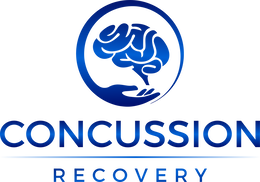|
Whiplash is defined as an “acceleration-deceleration mechanism of energy transfer to the neck”. It could be divided into two parts. First, the impact on the neck creates hyperextension (excessive motion that creates a locking of the facet joints and stretching of the anterior/front of the neck soft tissues), then, there is a too-fast reversal motion called hyperflexion. If you answered ‘yes’ to at least one of these questions, it means this article is for you! Let’s analyse all these details together! WHIPLASH INJURY AND CERVICAL SPINE--> Causes Road traffic accidents with rear-end or side-impact motor vehicle collisions are the primary cause of whiplash and chronic neck pain. --> Whiplash-associated disorders Whiplash-associated disorders include all symptoms related to the injury. These are graded in the table below.
As the evidence-based suggests, we can utilise an osteopathic thoracic manipulation technique called a “DOG”. We apply a specific force in the direction of the first four thoracic vertebrae restriction, until the anatomical barrier is reached and an onomatopoeic sound called “pop” or “crack” is audible, which indicates cavitation of the treated joint. This technique is able to restore the flexion movement of the upper thoracic spine, and consequently to decrease the pain and improve the breathing and functionality of the entire body structures.
Bibliography:
Extra article to read: https://www.barralinstitute.com/docs/articles/vm-new-frontier.pdf
0 Comments
Leave a Reply. |
AuthorEvidence-based Concussion and Post-Concussion Syndrome (PCS) Complete Assessment and Recovery Action Plan in Wellington ArchivesCategories |
|
For Wellington's Premier Concussion Recovery Care Clinic,
Call (04) 499 1439 to Make an Appointment |
|
Web design by: SBWD
|








 RSS Feed
RSS Feed




